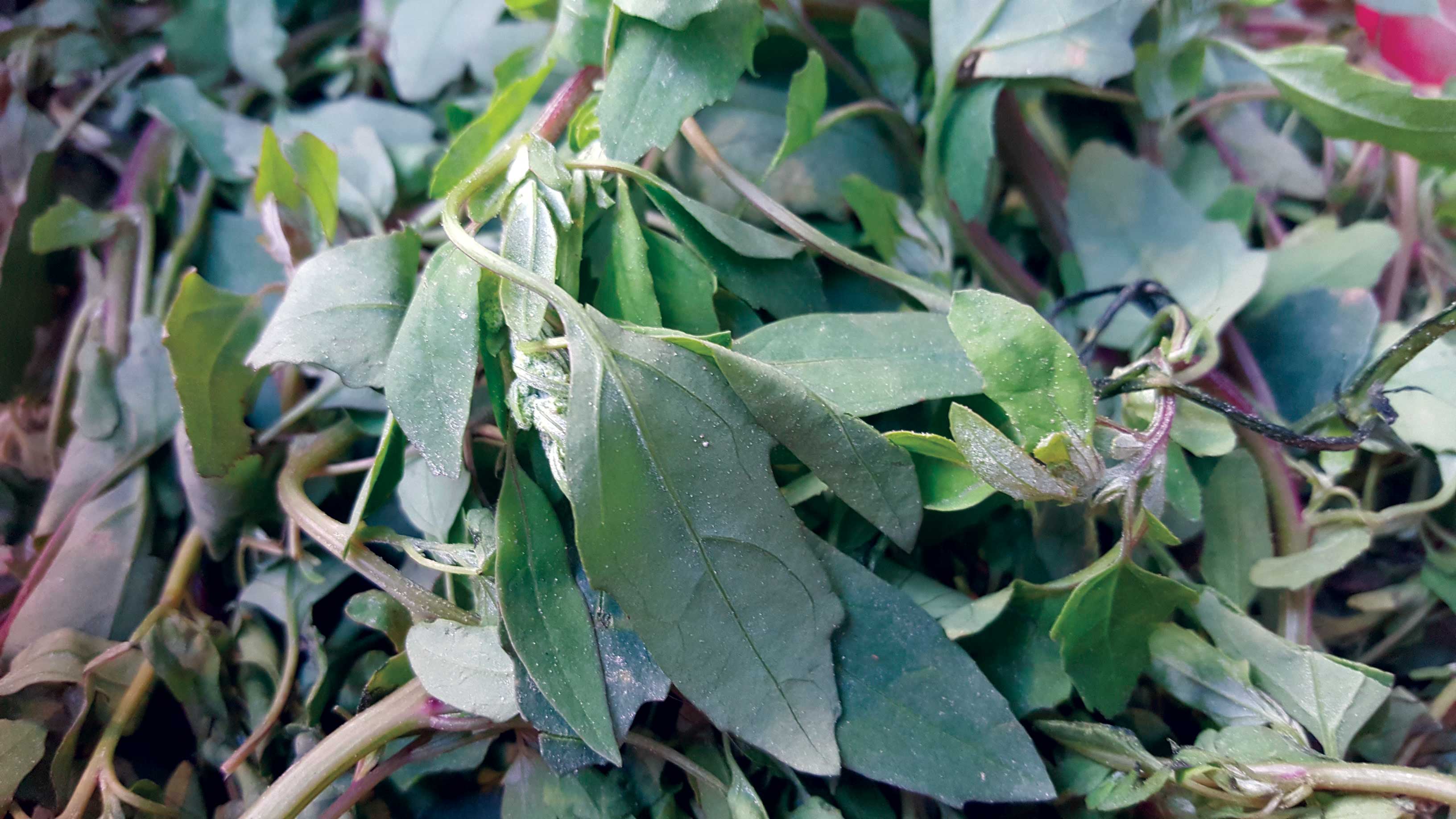The natural transitions from gloomy winter to spring is made visible by nature through the clearer blue sky and vegetation bursting into bloom, showing a path for movement and action. Keeping pace with nature, Nepalis celebrate the colorful festival of Holi, welcoming the spring season, on the full moon night of the month of Fagun. This festival is celebrated by diverse communities across Nepal, with the people in the hills celebrating it one day before those of the Terai.
Typically, it is a spring festival, however, it has variation in names according to different communities; Holi, Hori, Horiya, and Phagu. The cultural significance of the festival is to mark the ceasing of negativity, selfishness, hatred, and a universal tolerance. Bonds are renewed, burying grievances to renew relationships. People from all walks of life mingle and greet one another, applying vermilion on each other’s foreheads as an exchange of goodwill.
Mythologies add a religious dimension, with the story of Prince Prahlad, a devotee of Lord Visnu. His father Hiranyakashypu, an asura king, who was very powerful but had an evil bent of mind, was granted a boon from supreme Brahma. The grant was the power of indomitability by any man or beast, with or without a weapon, during day or night, and neither outdoor nor indoor. Having this boon of invincibility, his ambitions crossed bounds and he wanted to subdue the gods in heaven. Vexed with his son for being a staunch devotee of Visnu, he plotted to get rid of him. However, all his pranks failed, as Prahlad received protection from Lord Visnu in all instances. The king sought a last resort for killing Prahlad, that is, to burn him alive by tricking him to sit on the lap of his sister Holika, who was granted a boon to never be burnt by fire. Once again, Lord Visnu came to the rescue, annoying the king, who asked his son to show him his Lord. Visnu emerged from the pillar in the form of Narasimha, the fourth incarnation of Lord Visnu, half-man, half-lion. In this form, he could vanquish the king by killing him with his claws, which meant without any weapon, at the threshold when dusk just set in, neither inside nor outside, neither day nor night. It is this victory that is celebrated during the festival, the victory of righteousness over evil.
Another religious legend attached to the festival is about Lord Krisna (the 8th incarnation of Lord Visnu). Known for his mischievous nature and popularity among the gopinis (milkmaids) of the village since childhood, he often played pranks, hiding the garments of the gopinis when they went to take a dip in the river. His favorite gopini, Radha, was very fair, which made him complain to his mother about the large difference in their complexion. His mother advised him to color her face to erase the difference. Thus, Holi is also celebrated to remove differences in color and creed, with an aim to have equality in society. In relation to this event, a chir, a type of triple-tiered umbrella with colorful pieces of cloth hanging from the tiers with a bamboo post, is erected a week before the festival to herald the season outside Hanumandhoka, in front of the Gaddhi Bhaithak, or old palace complex, of Kathmandu.
This ceremony is conducted by a certain Manandhar Guthi from Tyudha, beginning with bringing the bamboo pole from Balaju. This ceremony of erecting the chir symbolizes the tree on which Krisna hung the garments of the milkmaids. According to the locals in the area, this ceremony was started by the Shah kings. However, it has a longer history, and was also celebrated during the time of the Malla kings. Right in front of the main entrance of Hanumandhoka, a small tree is erected on which pieces of differently colored cloth are hung, symbolizing the narrative. The event happens amidst much fanfare, music, and smearing of colorful powder. This ceremony is locally called ‘Chir swayegu.’ During the whole week before Holi, locals venerate this icon. On the eve of Holi, both the chirs are pulled down and at an appropriate time, trailed to the Tundikhel grounds through New Road Gate, and then burned the very night, completing the ritual of Holi, or Phagu Purnima.
In other parts of Nepal, Holi is celebrated with equal festivity. In the Terai, friends and families are invited for a good meal while reveling in color. In Janakpur, a 15-day parikrama (visiting various deities in the region) is observed, which ends on the day of Holi. The next day is celebrated with colors and merrymaking, dance, and songs. In Bardiya, the Tharu community kindles a ‘new fire’ for the festival. They gather at the temple in the evening, where the ritual of lighting a new fire takes place, and each family member lights a guitha, or dung-cake, and takes it home to replace the old fire, symbolizing a new beginning. The three-day celebration is spent singing and dancing, with sprinkling and splashing of powdered color and water. In recent years, this festival has been regaining its popularity, after the government put strict regulations on its gaga-celebrations a few years ago.
Earlier on, it was very difficult to move out in the streets a few days before the festival, as locals would either throw water balloons or color on passersby. This created a lot of unease for people. Thus, policemen were stationed around town to punish such acts, so the festival in recent times is celebrated strictly on the day. One gets to see groups of youngsters smearing color on each other and visiting friends to make merry. If you happen to be walking on the street, the locals ask your permission to apply colors on you, which is a very courteous and generous gesture, rather than getting splashed in color against one’s wishes.
The author is a scholar of Nepalese culture, with special interest in art and iconography. She can be reached at swostirjb@gmail.com










